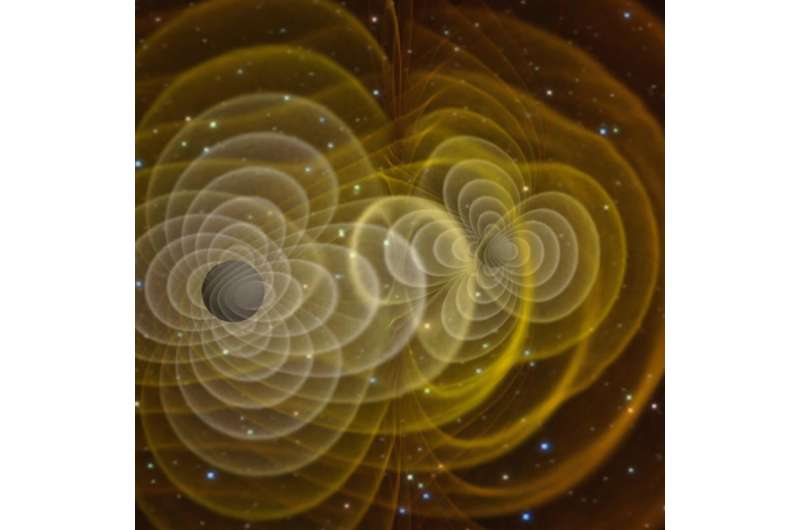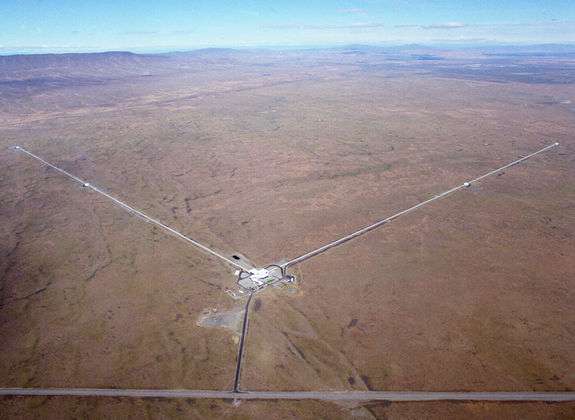What are gravitational waves?

Who wants to bet against Einstein? You? You? What about you?
Sure, there were a few bumps, but the guy's track record on relativity is spotless. He explained the strange way that Mercury orbits the sun. He guessed astronomers would see stars deflected by the sun's gravity during a solar eclipse. He predicted that gravity would redshift light, and it took physicists 50 years to finally come up with an experiment to verify it.
Based on his predictions, scientists confirmed galaxies warp light with their gravity, photons get time dilated when they pass near the sun, and clocks that travel at high speeds experience less time than clocks on Earth.
They've even tested gravitational redshift, frame-dragging and the equivalence principle. Which is a word salad we'll cover in the future, or for those of you who can't wait, google.
Every time Bertie made a prediction about relativity, physicists have been able to verify via experimentation. And so, according to this fuzzy man with the giant brain, when massive objects crash into each other, or when black holes form, there should be a release of gravitational waves.
So what are these things and how can we detect them?
First, a quick review. Mass causes a warp in space and time. The sun's "gravity" isn't a pulling force, it's really an indentation that the sun causes in the space around itself.
Planets think they're moving in a straight line, but they're actually pulled into a circle while traveling through this warped spacetime. Go home planets, you're drunk.
The idea is when mass moves or changes, Einstein said that there should be gravitational ripples produced in spacetime.
Our problem is that the size and effect of gravitational waves is incredibly small. We need to find the most catastrophic events in the universe if we hope even detect them.
A supernova detonating asymmetrically, or two supermassive black holes orbiting each other, or a Galactus family reunion; are the magnitude of events we're looking for.
The most serious attempt to detect gravitational waves is the Laser Interferometer Gravitational-Wave Observatory, or LIGO detector, in the United States. It has two facilities separated by 3000 km. Each detector carefully watches for any gravitational waves passing through by the length of time it takes for laser pulses to bounce within a 4km long sealed vacuum.
If a gravitational wave is detected, the two observatories use triangulation to determine its magnitude and direction. At least, that was the plan from 2002 to 2010. The problem was, it didn't detect any gravitational waves for its entire run.

But hey, this is a job for science. Unbowed, the steely-eyed researchers rebuilt the equipment, improving its sensitivity by a factor of 10. This next round starts in 2015.
Scientists have proposed space-based instruments that could provide more sensitivity and increase the chances of detecting a gravitational wave.
Physicists assume this is a question of "when", not "if" that gravitational waves will be detected, as only a fool bets against Einstein. Well, that and gravitational waves have already been detected… indirectly.
By watching the extremely regular energy blasts coming from pulsars, astronomers track exactly how quickly they're radiating their energy away due to gravitational waves. So far, all the observations perfectly match the predictions of relativity. We just haven't detected those gravitational waves directly… yet.
So, good news! Assuming the physicists and Einstein are right, we should see the detection of a gravitational wave in the next few decades, wrapping up a series of predictions about how insanely strange our universe behaves.
Source: Universe Today





















